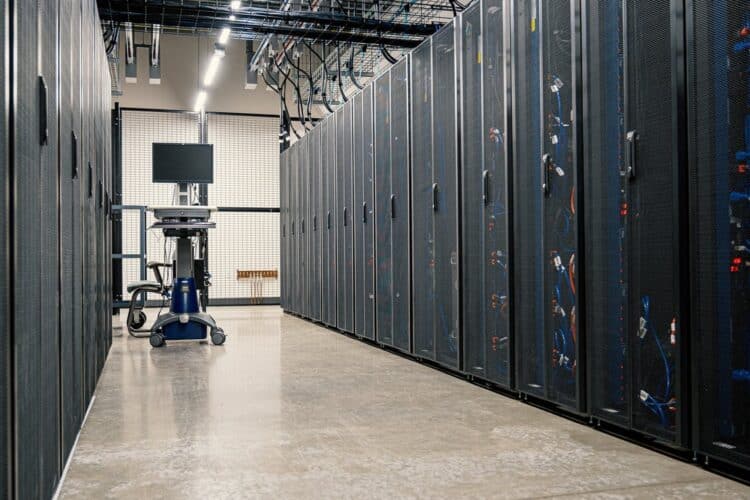The critical digital infrastructure sector continues to enjoy robust growth, noted the Uptime Institute in its report, Five Data Centre Predictions for 2024. The advisory organisation says rapidly evolving technologies will further drive and sustain this trend in 2024 and beyond — but will also create new challenges for operators.
The report highlights challenges including greater scrutiny over sustainability commitments; the adoption of power hungry AI; the need for (and limitations of) direct liquid cooling; the evolution of data centre management software; and the emergence of data centre campuses that redefine the meaning of hyperscale.
Predictions for 2024
1. Operators — prepare for a sustainability reckoning
New reporting laws and toughening requirements will enforce stricter data centre carbon reporting in many countries. These will challenge organisations’ publicly announced sustainability goals and force operators to prove their targets are both realistic and evidence-based. For many, this will be painful and expensive.
2. Demand for AI will have a limited impact on most operators
The fervour around AI has the data centre industry bracing itself for a significant increase in demand, and a need for more power and cooling. While the overall impact on data centres may ultimately be profound, the most demanding services will be delivered only by a few.
For most operators, the impact will be indirect: the immediate challenge is how best to deliver a richer mix of densities and resiliency tiers from the same facility.
3. Data centre software gets smarter, leverages data — at last
Operators have been slow to take advantage of developments in software, connectivity and sensor technologies that can help optimize and automate the running of critical infrastructure.
This is beginning to change, with more operators embracing new tools and the intelligent use of data (including machine learning). However the market is still evolving, and there will be risks from complexity, poor implementation, and tool selection.
4. Direct liquid cooling will not solve efficiency challenges
Operators have great expectations of direct liquid cooling in terms of improving efficiency and sustainability. However, these benefits will be out of reach for many organisations.
A slow rollout of the technology, characterized by mixed environments, constrained optimization, and the continuing requirement for existing systems to run in parallel will limit its contribution to infrastructure efficiency — even if it is necessary.
5. Hyperscale campuses begin to redraw the data centre map
The build-out of new hyperscale colocation campuses, connected by wide-bandwidth fibre, will relieve pressure on traditional data centre hotspots — and, in the long term, lower colocation prices. As a solution to rocketing demand for compute and storage, the hyperscale campus will emerge slowly — with the availability of fibre and power being critical factors.



